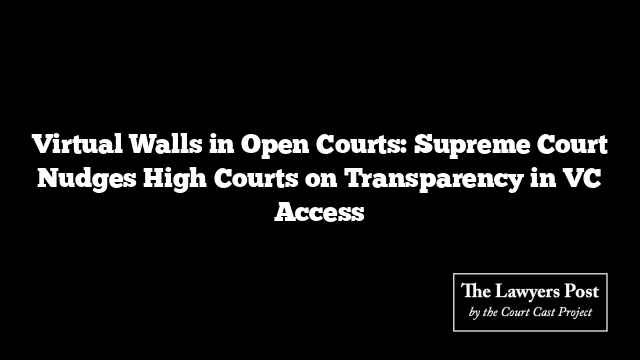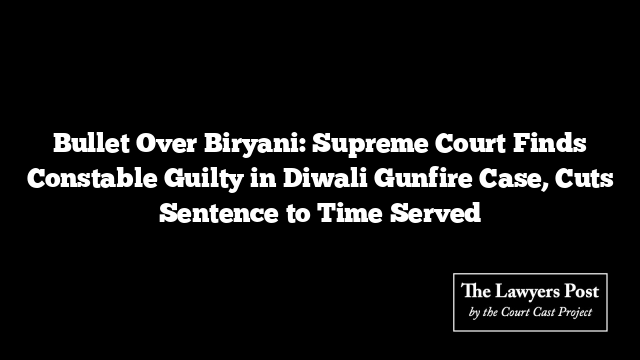The Supreme Court has closed a long-pending set of petitions originally filed during the pandemic, which sought uninterrupted virtual access to courtroom proceedings for lawyers and litigants. The Court made it clear: it’s time for High Court administrative committees to step up and sort this out.
At the heart of the matter lies a lingering grievance—despite the prevalence of virtual court systems, lawyers and litigants whose matters aren’t listed for the day often hit a digital dead end. The links may be published in the causelist, but if you’re not directly involved in the case, the door stays locked. This, the petitioners argue, flies in the face of the principle of open courts.
One petitioner highlighted how things run smoothly at the Supreme Court—every courtroom has a static link, and anyone can tune in. While non-participating attendees remain muted, they can still observe proceedings, echoing the spirit of open justice. Not so in several High Courts, where access is restricted even to those simply wishing to observe. The complaint? If you’re not on the list, you’re not getting in.
Even when links are accessible, there’s another twist—sometimes, the judge’s microphone is muted, rendering the hearing unintelligible. Courts in Madhya Pradesh and Rajasthan were singled out for this technical blackout. The petitioners didn’t hold back, stating that these practices defy the Supreme Court’s own precedent in Swapnil Tripathi v. Supreme Court of India, which greenlit live-streaming to promote transparency.
On the flip side, the Additional Solicitor General pointed out that the context of these petitions—filed at the peak of the pandemic—has significantly shifted. Courtrooms have reopened, and the landscape has evolved.
Justice Vikram Nath cut to the core: these concerns fall under the administrative domain, not the judicial one. “Why don’t you make a statement that this matter has to be dealt with on the administrative side and not the judicial side, and we will close the matter,” he suggested.
Justice Sandeep Mehta followed up with a dose of realism. “Are we going to take contempt petitions against the Registrars of High Courts?” he asked, underscoring the limits of judicial enforcement in administrative matters.
The Court then formally handed the baton to the High Courts and their respective committees—E-Committees, NCMP, and SCMS—authorizing petitioners to approach them directly with relevant materials and suggestions.
The petitioners may not have received a sweeping judicial mandate, but the message is loud and clear: transparency in virtual hearings isn’t optional—it’s an expectation. The onus now lies with the High Courts to bridge the gap between access and exclusion in the age of digital justice.





